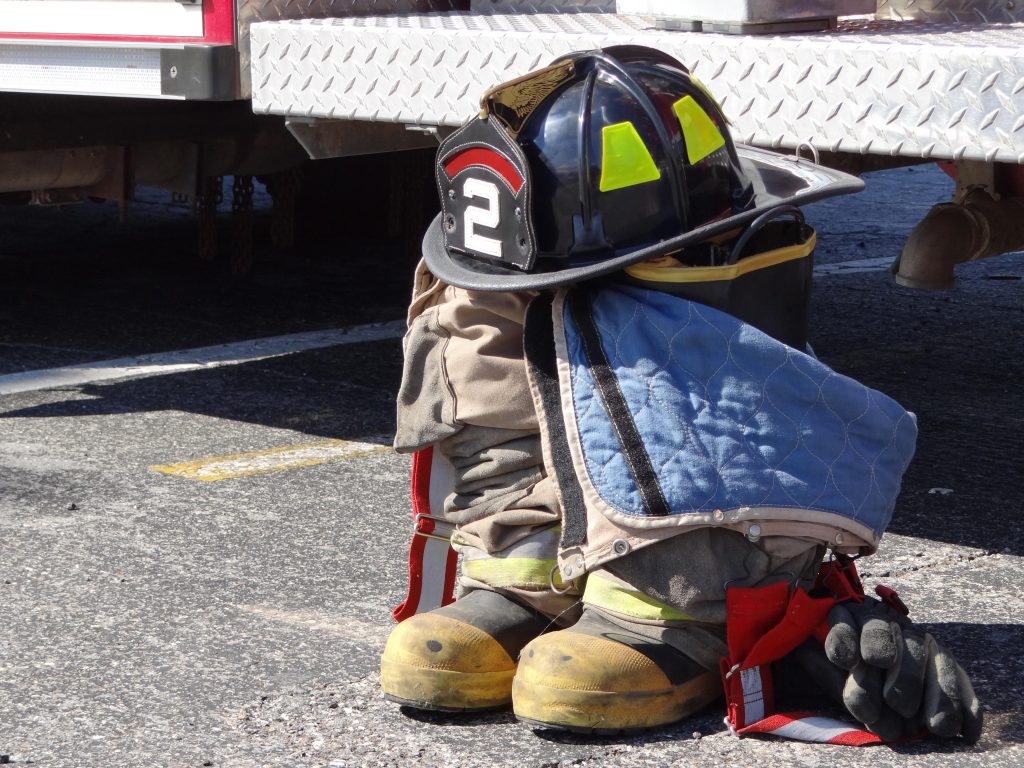
What is the problem?
Firefighters are required to do tasks that are both mentally and physically demanding. Critical incidents are traumatic events that occur in the line of duty, they can cause strong emotions and can lead to mental health problems. The purpose of this study was to describe the proportion of men and women firefighters who were exposed to critical incidents throughout their entire career in fire services across Canada. We compared our findings with previous reports of critical incident exposure rates.
How did the team study the problem?
A group of 390 career firefighters from across Canada and 74 volunteer firefighters from Prince Edward Island (PEI), Canada answered a survey called the “Critical Incident Inventory”. This asks questions about 24 potential critical incidents based on six themes: trauma to self; victims known to fire-emergency worker; multiple casualties; incidents involving children; unusual or problematic, tactical operations; and exposure to severe medical trauma. For each situation, both the career and volunteer firefighters provided responses on how often they were exposed to each event throughout their entire careers.
What did the team find?
All firefighters completed the survey. We found that almost all firefighters–96% (71 out of 74 PEI volunteers; and 376 out of 390 career)—indicated exposure to some type of critical incident throughout their entire careers. The 2 most commonly reported critical incidents among all the firefighters were: 1) “Respond to incident involving one or two Deaths” (90%); 2) “Respond to incident involving multiple serious injuries” (77–81%). The third most commonly reported exposure among career firefighters was “Direct exposure to blood and body fluids” (80%); and among volunteer firefighters was “Respond to incidents involving removal of dead bodies” (72%). We also identified that female career firefighters had lower rates of critical incident exposures than male firefighters. We combined the results from our study with 3 previous studies and found that the rate of exposure to critical incidents among firefighters was 93.4% in different samples (1725 out of 1877 firefighters).
How can this research be used?
The results from this FIREWELL study highlight the alarmingly high rates of traumatic exposure among firefighters across Canada. Since almost all firefighters are exposed to critical incidents, training and supports for both career and volunteer firefighters are an occupational requirement.
Cautions
Our study measured the type and frequency of critical incidents and not the degree to which these incidents affected firefighters. It is also possible that some firefighters might have been off duty at the time of this study and therefore, were unable to provide us their exposure history.
Funding Sources: Canadian Institutes for Health Research (FRN: 114112) & Ministry of Labor FRN #13-R-027
